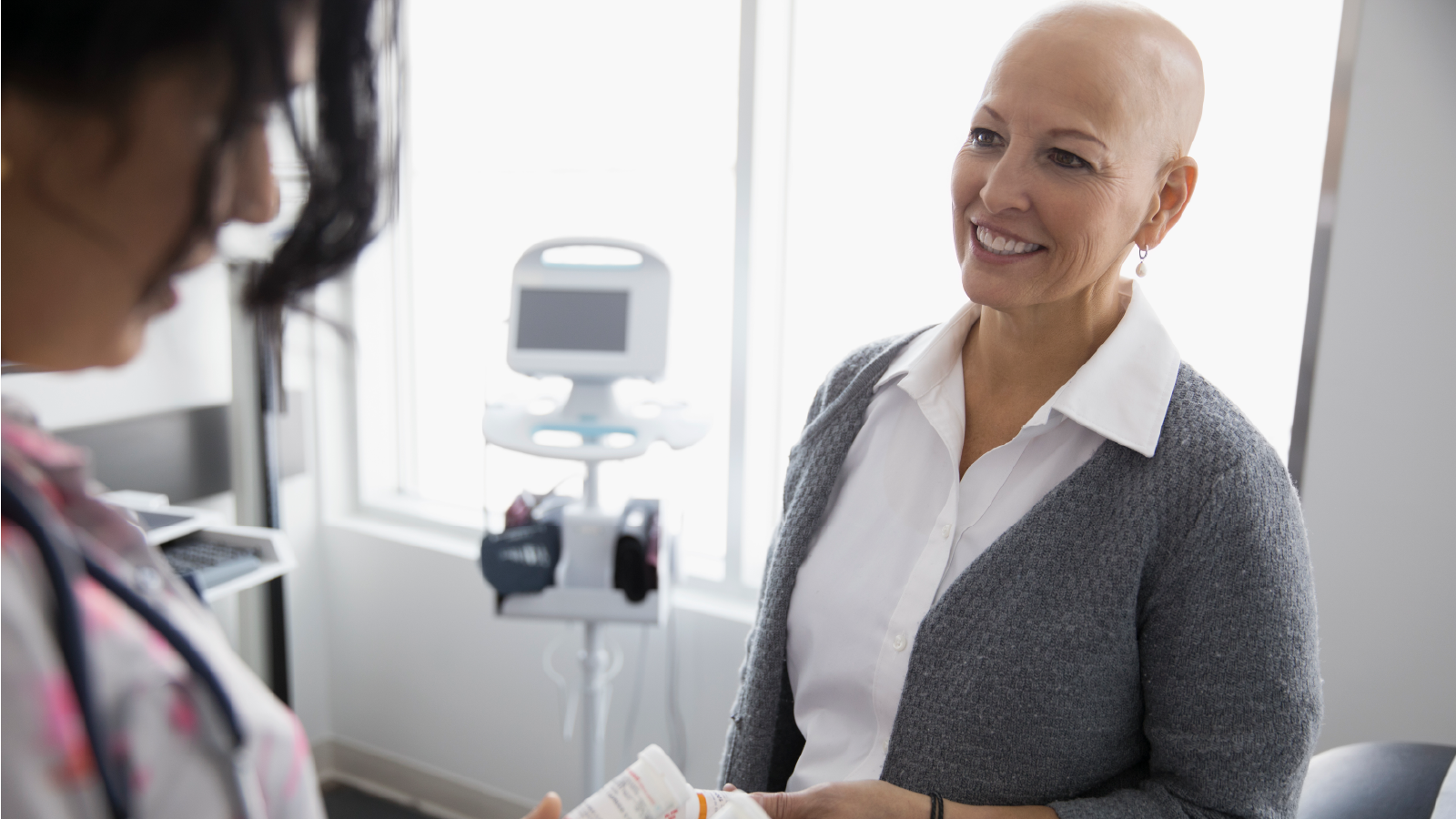Predicting and preventing hospitalizations during radiation treatment
New research presented at ASTRO 2022 looks at using claims data to improve cancer care
Abigail T. Berman, MD, MSCE, Medical Director of Radiation Oncology

By 2030, more than 25 million new cancer cases will be diagnosed each year, while the total cost of cancer care will rise 34 percent to $246 billion.1,2 With an aging and growing U.S. population, the challenge remains how to lower the cost of oncology care while improving the quality of care given.
Hospitalizations during cancer treatment cause major decreases in quality of life and are often preventable. They also significantly increase the total cost of care, adding as much as $408 million a year. In addition, hospitalizations can lead to unintended breaks in radiation treatment, which are known to worsen outcomes.3
This week, the American Society for Radiation Oncology (ASTRO) Annual Meeting will showcase the latest insights and clinical approaches to fighting cancer with radiation therapies. New research from CVS Health on addressing quality and cost of care shows:
Hospital and emergency visit risk can be predicted using claims data
New research explores the potential of administrative claims data to inform and improve care for those undergoing radiation therapy. Our study shows claims data can help identify at-risk individuals and predict hospitalization with good precision. Offering high-touch interventions such as fluids, pain management, and nutritional support may help avert emergency room visits and hospitalization.
More accurate predictions can lower costs, improve outcomes
76% accuracy Predicting hospitalization in patients undergoing radiation
While the top predictor of hospitalization was past hospitalizations (odds ratio 9.0), other factors such as concurrent chemotherapy, IV hydration, a diagnosis of malnutrition, and Medicare insurance were also significant predictors. The most common reasons for hospitalizations were sepsis, pneumonia, and fluid and electrolyte disorder.
Our model showed a 76 percent accuracy of predicting hospitalization in patients undergoing radiation. With this model, providers and payors have an enhanced ability to direct high-touch interventions to at-risk patients and help prevent hospitalization.


